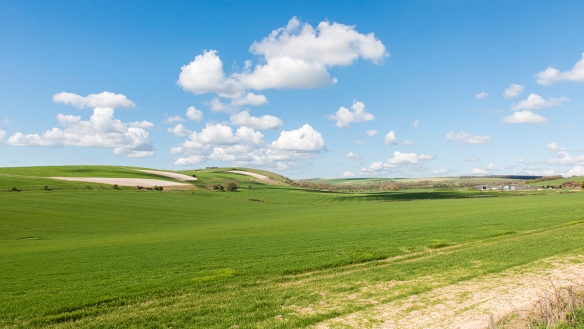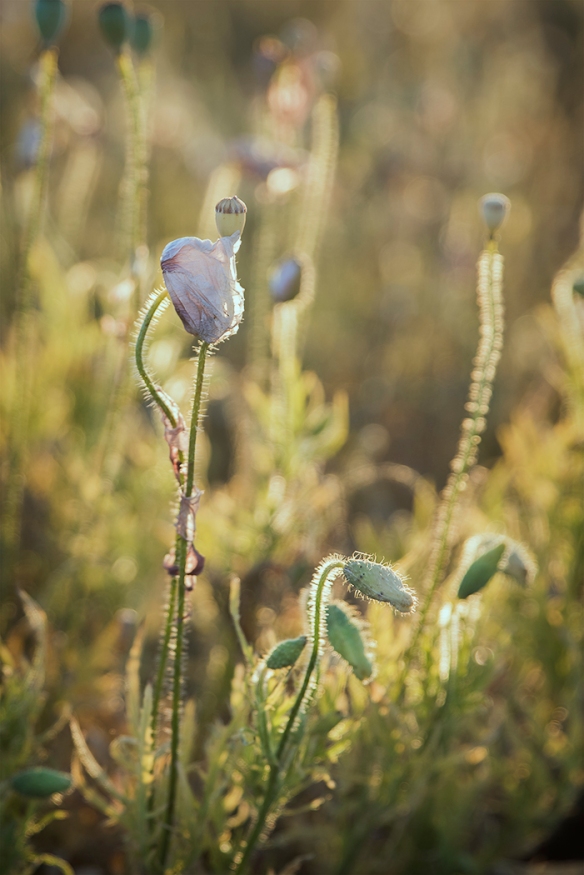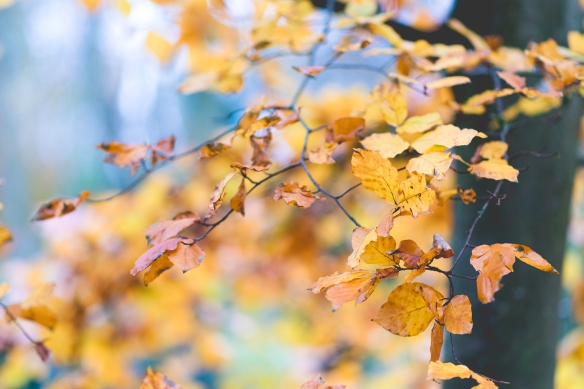Having submitted my final assignment, I was finally able to talk with Clive (my tutor) face to face. Work commitments have meant I’ve only had written feedback up until now so it I felt it was really important to actually speak with him this time and I’m really pleased I was able to. Certainly a learning point for future courses; to speak with my tutors more often.
Clive had looked at my assignment and my blog and gave me some great feedback.
He felt that I need to get away from the ‘day out with my kids’ theme and try and put some distance between myself and subject to give them a more observational and dispassionate feel. More of a comment on what a family does on a day out rather than this particular family.
He suggested I take a look at the work of Tony Ray-Jones as he felt my work was somewhat reminiscent of his and Martin Parr, although Martin Parr is a little less flattering of his subjects. Having now done so, I totally get what he means. My write up Tony Ray-Jones can be read here.
On the individual images Clive felt that image #1 was weak and very ‘postcardy’ which I completely agreed with him on. I had included this image to try and set the scene, but to be honest it doesn’t inspire me so why I thought it would anyone else is a silly. I only have 10 images to make an impact and I chose that one!!!!
he picked out image #2 as interesting and #9 as a good ‘stock’ shot but not adding much to this project.He thought #7 was a strong image. Having looked again at that and Tony Ray-Jone’s work I think I understand what I should be looking for now.
I suggested redoing the whole assignment, which Clive thought was a possibility but also that having looked at the contact sheets there may be enough, with some re-editing to refocus this set of images. Having had another look through, I do think this is a possibility so am going to try that first. Especially with the inspiration from Ray-Jones and Parr I think I have the basis of what could be an interesting study.
In relation to my blog, Clive advised to change my banner photo to something more appropriate to work I have been producing as he felt that it might give the wrong impression of the kind of photographer I am to an assessor. I have taken that advice and changed it.
I was reminded about buying a clam shell box, which I’ve already done and about printing my images ready for assessment, making sure to leave a decent sized boarder on the sheet.
Thanks again Clive, it was great to talk with you
My actions from this:
- look up Tony Ray-Jones’ work and relate it to my own
- rework my assignment from a more observational and dispassionate viewpoint
- let Clive know when I’ve redone it so he can give feedback
- start preparing my work for assessment in November
back to Assignment 5 – Photography is simple (reworked)




